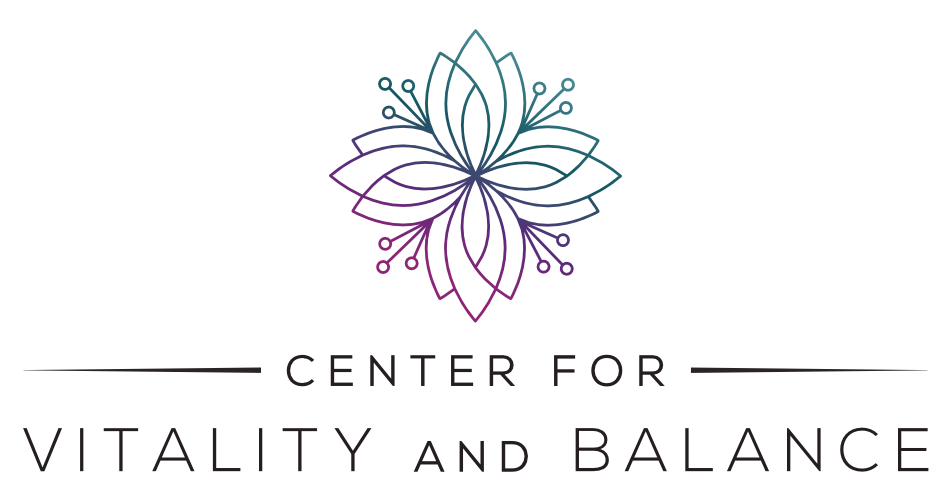In the Span of a Heartbeat
“This is the day I am going to die” I think as I stand paralyzed at the entrance to the counseling center at Northern Illinois University. Sirens blare as information slowly leaks to us that there is a shooter on campus, no one knows their current location in that moment and we are on lock down. Some of the senior staff have left to assess the situation, but as a first-year intern I am told to stay back. I find myself standing frozen in the place where I learned the news. Glued down by fear, I pondered my fate in a split second that I would be the first person seen if the shooter walked in.
On February 14, 2008, a lone gunman entered an auditorium at Northern Illinois University where class was in session, and opened fire on the student body. In the end, five people lost their lives and the gunman died. Those who witnessed the shooting and the community at large were deeply impacted by this random violence and devastating loss. Everything (and everyone) was raw.
I was a therapist-in-training at Northern Illinois, and my primary interest was cognitive testing and assessment. This path was a second career for me. I spent my young adulthood as a professional musician touring and teaching for many years. I love music (and still perform) but I knew then that I wanted my life to move in a different direction, so I pursued psychology. On that tragic day in February ten years ago, my future trajectory changed in what now feels like a heartbeat.
On the day of the shooting, and in the weeks and months to follow, I was confronted by unknown levels of fear, anger, guilt, confusion and grief. I saw these intense emotions in myself and other first responders, but the most powerful places I encountered it was in the moments and spaces I shared with students. I experienced the true depth of humanity while being present to those who were suffering the traumatic aftermath of violence. Sitting with people directly and indirectly affected by the tragedy, I started to learn how to hold ground with and for people who were feeling the most basic and profound human emotions. I learned how to be truly present with deep sorrow, rage, depression, anxiety, and fear.
The irony is that I learned to do this for others by facing my own fear, rage, sorrow, confusion, and anxiety. In the presence of others, I had a mirror reflecting back to me my challenges, weaknesses, insecurities and strengths. I realized that if I hoped to develop into a worthwhile therapist, I had to learn how to listen to and wrestle with my own darkness and pain. By practicing how to listen to the emotional experience going on within me, I would be better equipped to listen to others and assist them in finding their own strength, hope, and resilience.
When we are honest and open about our own experience, we can engage in the intricate dance of communication with trusted others, and in those moments, we find a divine place of openness, acceptance, non-judgment that enables us to examine the darker places in the soul. Practicing compassionate and non-judgmental acknowledgement of all that we have experienced strengthens not only our sense of self and purpose, but offers support to others who are touched by our lives. That kind of vulnerability paves pathways to healing and strength.
It is important for me at this tenth anniversary to acknowledge the tragedy that happened on Northern Illinois’ campus. To honor the memory of those lost, to stand with their families and to stand strong with the community of students and staff that were willing to face the resulting agony and through it, become stronger and healed. The event changed my direction of cognitive assessment and moved me towards a willingness to work in therapy. To be present: first for myself and then by helping others.

